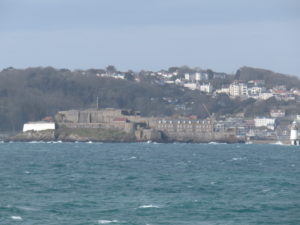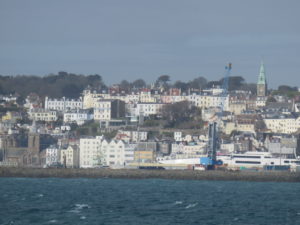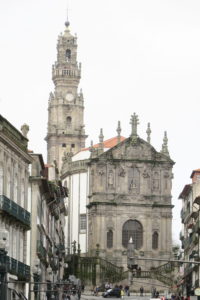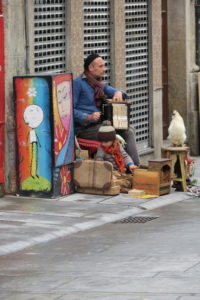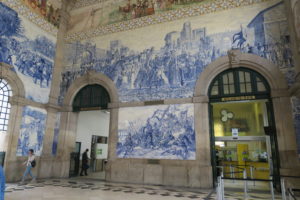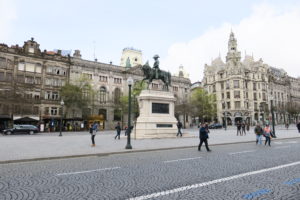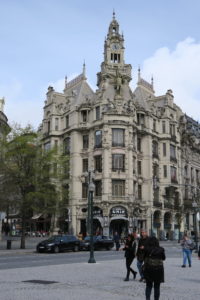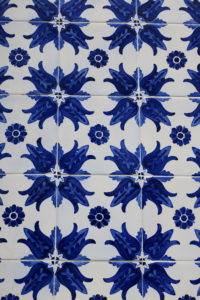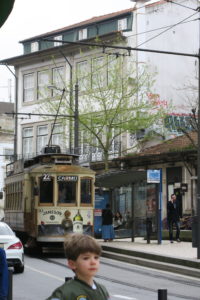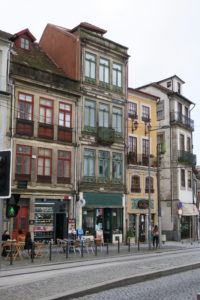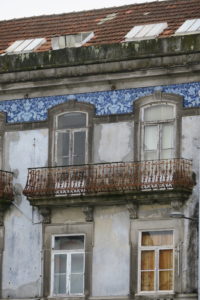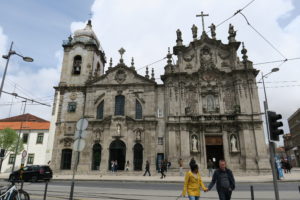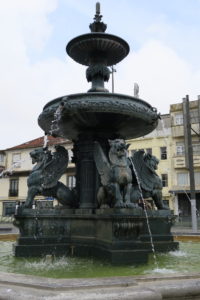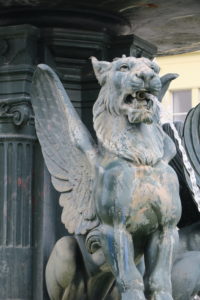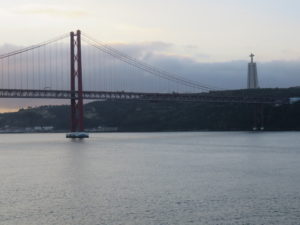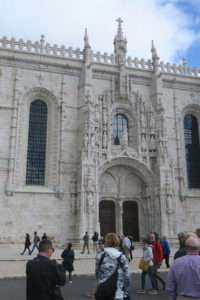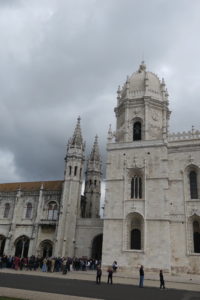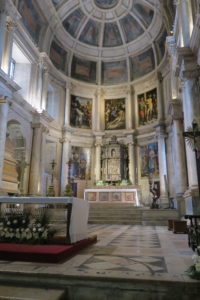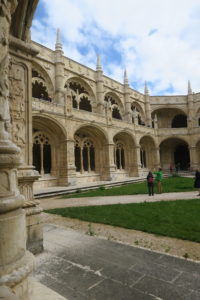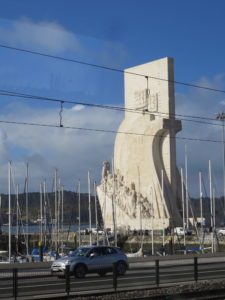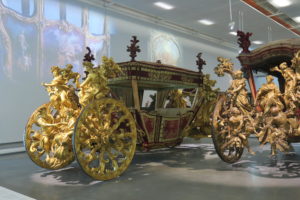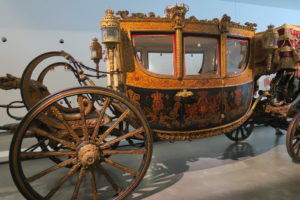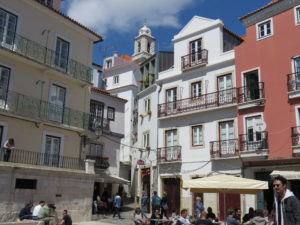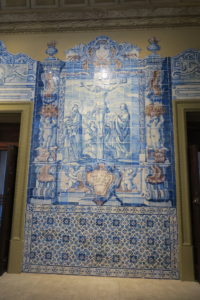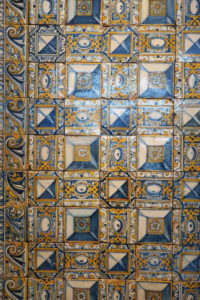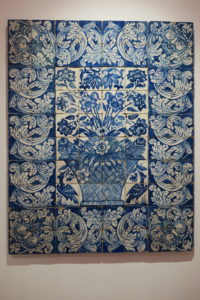Note: Something truncated the post. Text and pictures were deleted. I have tried to recreate it here.
…or so it calls itself. Le Havre is France’s largest international seaport and is located at the mouth of the Seine, on the English Channel.
In fact, many of the people onboard our ship were taking excursions to Paris. Two+ hours by bus, 3 hours in the city, and then 2+ hours back.
We had opted not to do that. We love Paris, but….
Instead, we went north of Le Havre to the Normandy coastal town of Fecamp.

We first visited the Holy Trinity Church and the adjacent ruins of an abbey, once a major pilgrimage site. It was an impressive church.
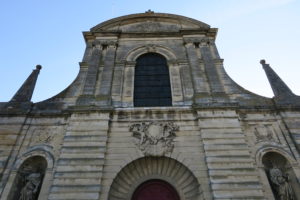

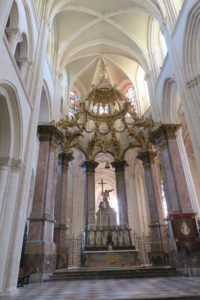

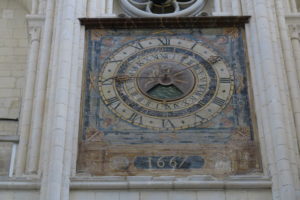
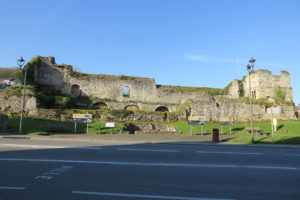
Then, also in Fecamp, we toured the Palais Benedictine, a grand Gothic confection of a structure. We walked through the streets of Fecamp toward the palace. When we rounded the corner and saw this brick eye candy, all we could do was gasp. The town is filled with lots of brick and flint houses, but nothing else like this.
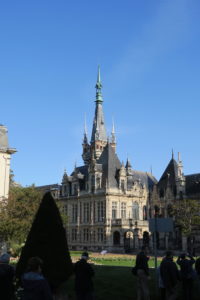
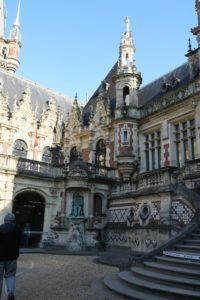

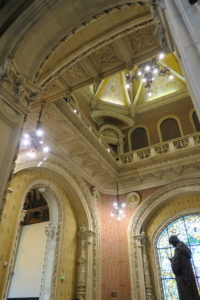

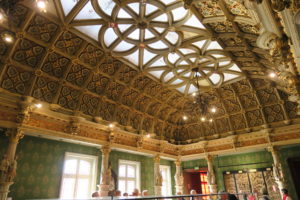
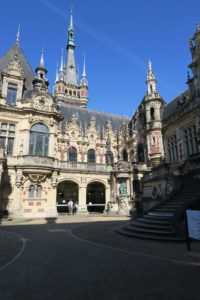
After basking in all the art and architecture, we also got to visit the Benedictine distillery and cellars. It was interesting to see how this legendary liqueur is made. We each got to have a taste. Made with 27 herbs and spices, it’s pretty potent stuff.
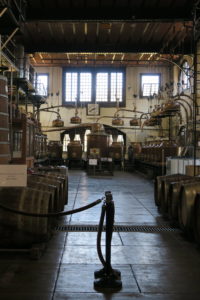
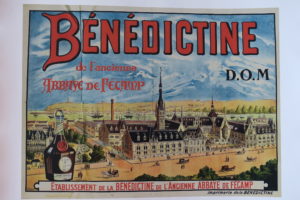
Twenty minutes further up the coast, we got to wander the dramatic shoreline of Etretat. It was a beautiful day to be on a beach. It was warm and sunny, and there was no wind. (When we visited Etretat in 2009, I had to hang onto the parking meter as I figured out payment, in order to avoid being blown over.)
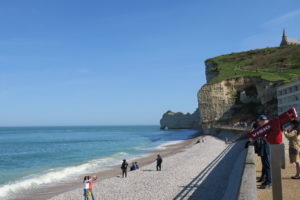
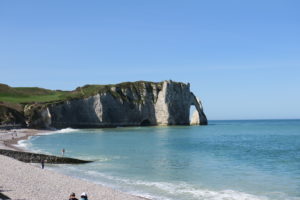

On our way back to the ship, we went through the center of Le Havre. Months after D-Day, even though Paris and other parts of France had been liberated, the huge and strategic port of Le Havre was still occupied. The Allies commenced 2 days of bombing and destroyed 85% of the city. Reconstruction lasted until 1964. Our drive through the center gave us a chance to see the modern rebuilding, designed by Belgian Auguste Perret and now a UNESCO World Heritage Center.
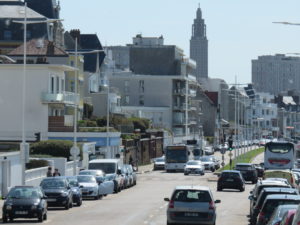
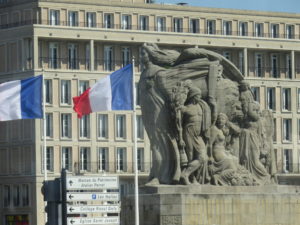
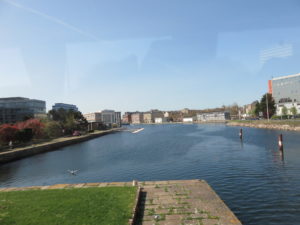
Today, we are sailing north through the English Channel. It’s slow going. Sometimes we have to stop, presumably to get a place in the queue.
Sea days can be rather quiet. So the captain ordered up some entertainment for us. Just kidding. But we did get some unexpected excitement. A helicopter kept circling around our ship. We were stopped, and soon people were starting to worry we had lost someone overboard. Then the helicopter stopped, turned to face us directly, and hovered in place. It had a rather menacing look to it.

At this point, the captain came onto the loudspeaker and announced that the helicopter on our port side was a “friendly craft.” He told us the helicopter was Coast Guard and had requested our assistance in a search and rescue training exercise. As the captain said, we never know when we might need their assistance, so the Viking Sea agreed to participate. The captain explained that we would be closing our retractable swimming pool roof and that a person would be lowered onto our sport deck and then retrieved. We actually had two people serially lowered and retrieved.
Here is the second fellow joining his compatriot.
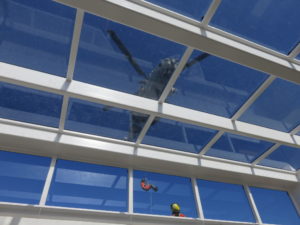
And here he goes back up again.
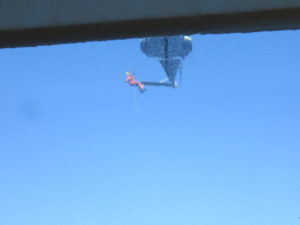
There’s just no end to the entertainment opportunities on this cruise!
Next stop: Amsterdam
